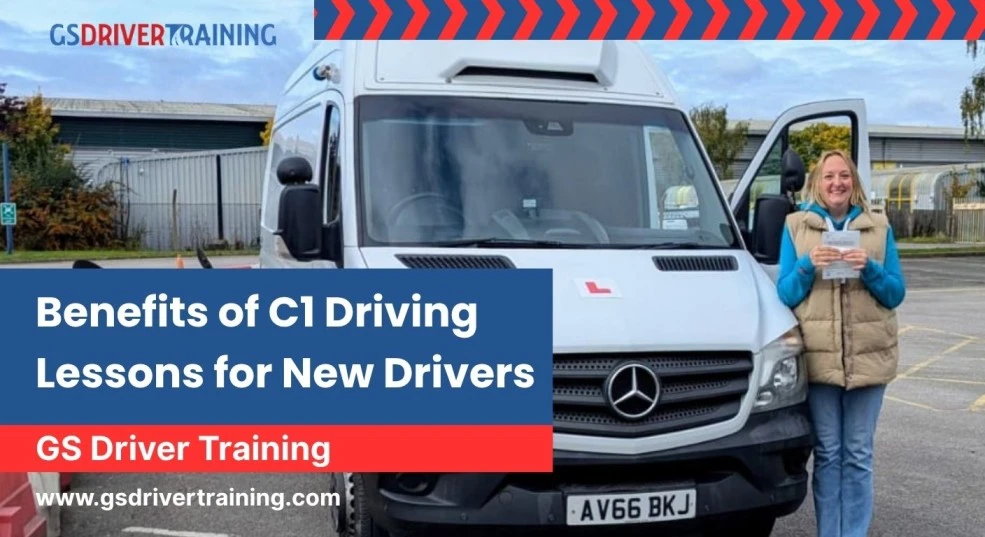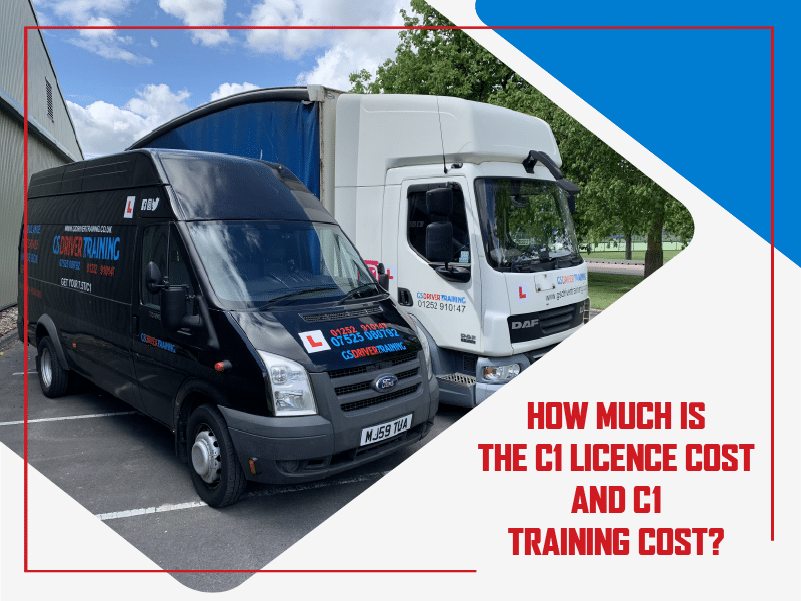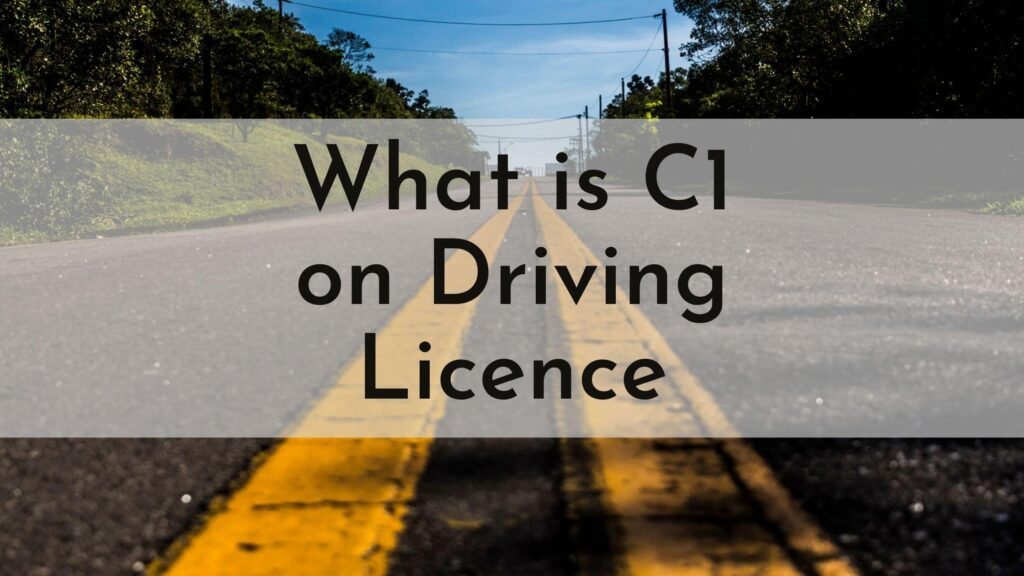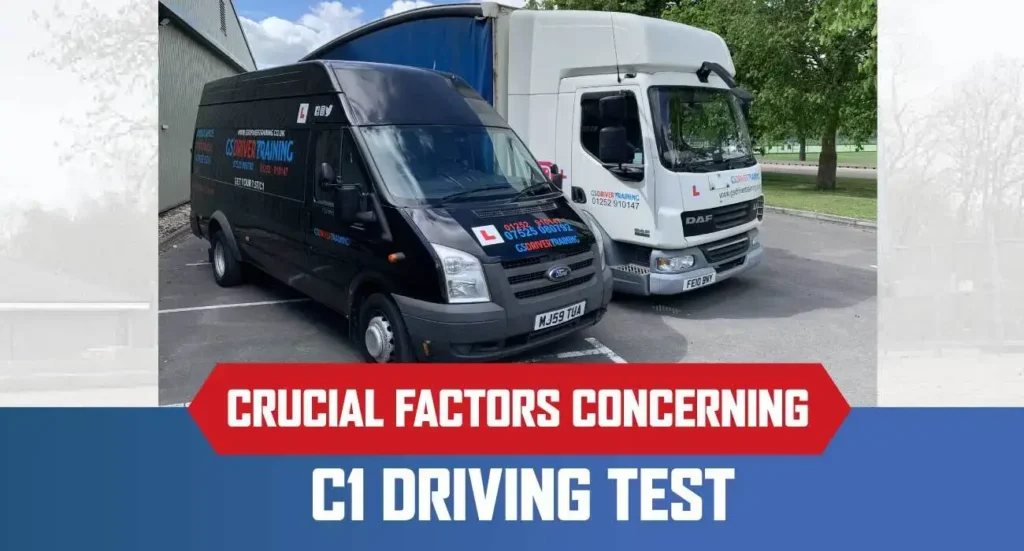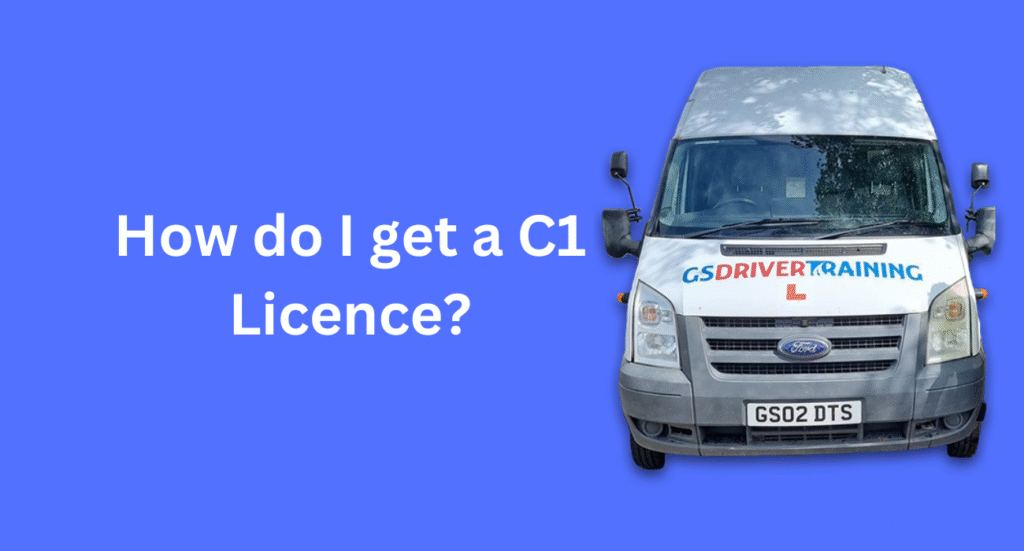Overview of C1 Vehicle Types
The C1 category encompasses a variety of vehicle types that play a crucial role in various industries. Common examples include skip wagons, horseboxes, ambulances, and small heavy goods vehicles (HGVs), which are essential for transporting goods and services efficiently.
Understanding the specific characteristics and uses of these vehicles is vital for aspiring drivers. For instance, skip wagons are often used in construction and waste management, while ambulances are critical for emergency services. Each vehicle type has unique operational requirements that C1 driver training addresses.
Eligibility Requirements for C1 Driver Training
To enroll in C1 driver training, candidates must meet certain eligibility criteria established by the DVLA. This typically includes being at least 18 years old and holding a valid UK driving license.
In addition to age and licensing requirements, prospective students may need to pass a medical examination to ensure they are fit to drive larger vehicles. Understanding these prerequisites can help candidates prepare adequately before starting their training journey.
Benefits of C1 Driver Training
C1 driver training offers numerous benefits, including enhanced job opportunities and the ability to operate a wider range of vehicles. Completing this training can significantly increase employability in sectors such as logistics, healthcare, and emergency services.
Moreover, obtaining a C1 license provides drivers with the skills needed to handle larger vehicles safely and efficiently. This training not only boosts individual confidence but also ensures compliance with safety regulations, benefiting employers and the community alike.
How to Enroll in C1 Driver Training Courses
Enrolling in C1 driver training courses is a straightforward process designed to accommodate various schedules. Prospective students can visit the GS Driver Training website to find detailed information about course offerings and schedules.
Additionally, potential candidates can contact the training center directly via phone or email to ask questions and receive guidance on the enrollment process. Early registration is recommended to secure a spot in the desired course, especially during peak training periods.
